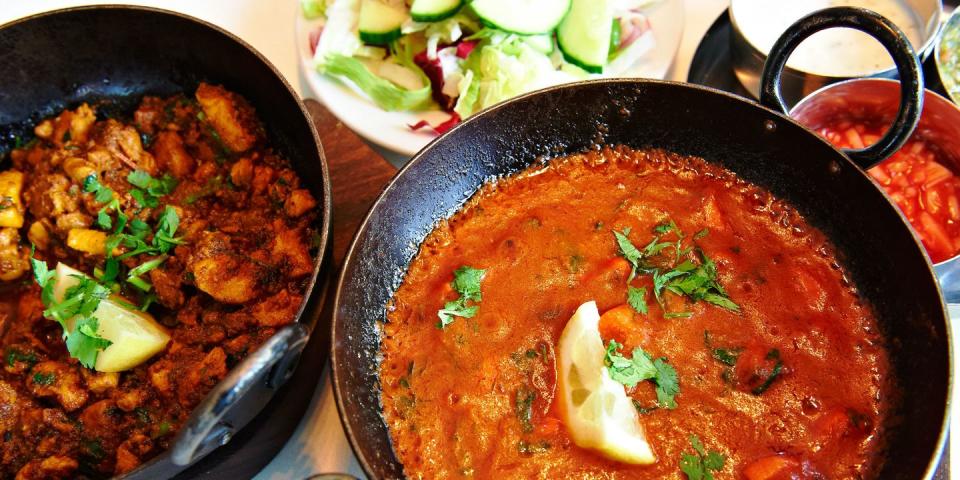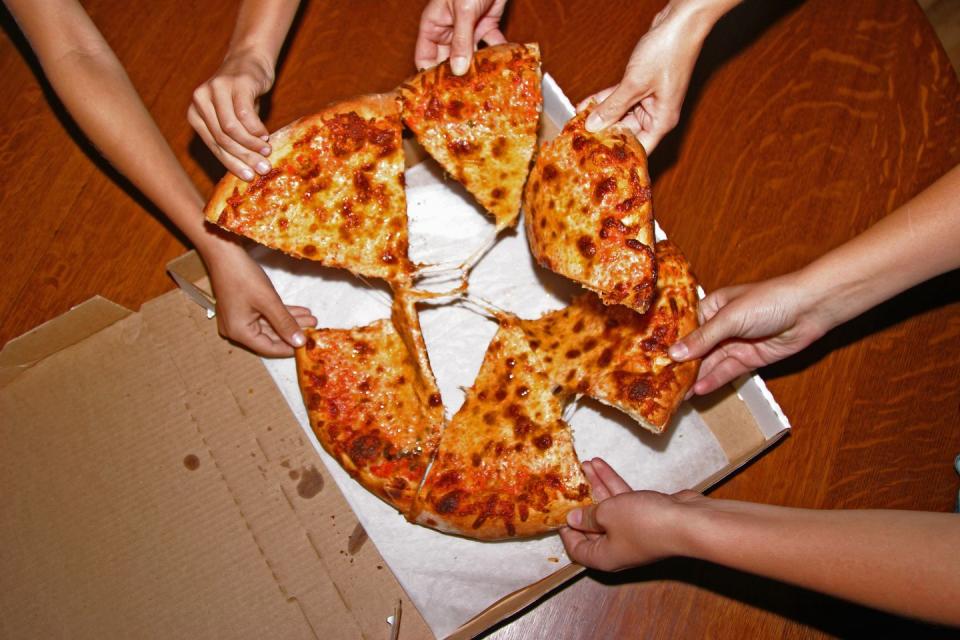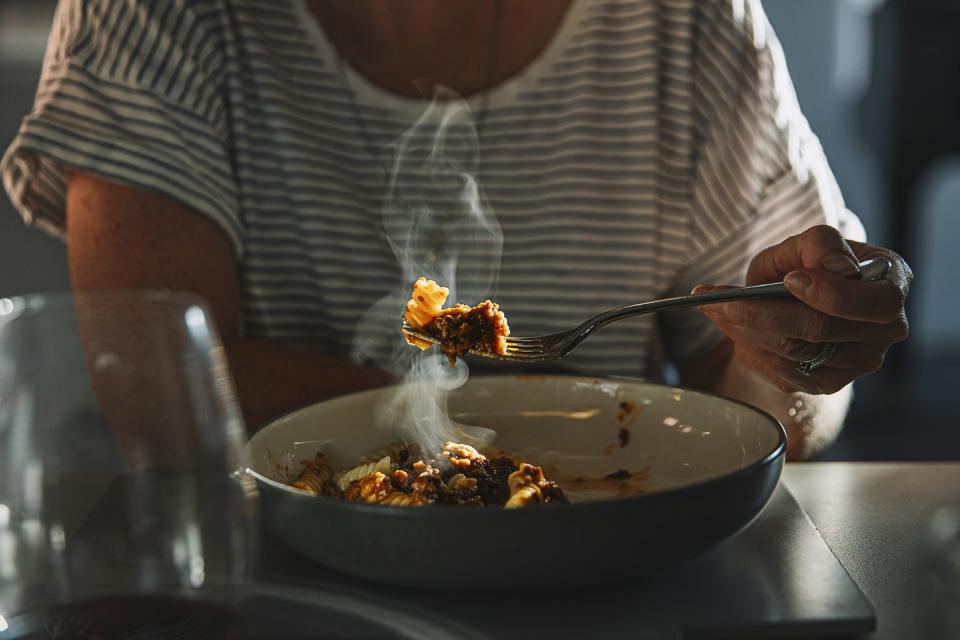Why Your Leftovers Taste So Good The Next Day, According To Science

Ever wondered why your homemade curry or takeaway pizza tastes so much better the next day? Food Scientist and Experimental Psychologist at Oxford University Charles Spence has explained that are a certain number of reactions that take place concurrently to make next-day dishes taste so good.
According to new research from Asda, Brits rate curry (33%), casserole (32%), pizza (27%), chilli con carne (23%) and spaghetti bolognese (21%) as the top dishes that taste better the next day.
During lockdown and over the last six months there has been a steep rise in batch cooking in UK households. Over a third (36%) of Brits say they have been deliberately cooking bigger batches of food in order to have leftovers.

Scientist Charles Spence explained that the taste factor is partly down to flavour dispersal, and the food's moistness, which stops it from going all soggy and inedible.
"As an ardent curry fan, I know how much better curry can taste as the dish develops between cooking and reheating," he explained. "Dishes that taste better on reheating are moist (so avoiding the dangers of drying out or going soggy), and they often incorporate a complex range of ingredients.
"In a curry, for example, when it's left overnight in the fridge, flavours disperse more evenly. Though a curry may have as many as 20 or 30 different spices, the idea is they should meld so that no singular element is identifiable in the mix. At the same time, the longer meat is in contact with the sauces, the more it will marinate and take on the delicious maturing flavours."
He continued: "Also, when a curry, spag bol or stew has been bubbling on the stove, collagen from the meat breaks down. When left to rest in the fridge, this will set to a firm jelly and once reheated, the gelatine melts to create a silky texture in the mouth.
"Everyone has heard of triple-cooked chips and, for certain dishes, it works the same way. A leftover lasagne is triple-cooked too – first the slow cooking of the meat (once cooked), followed by a long stretch in the oven (twice cooked), before finally the reheat (triple cooked)."

Andrew Johnston, Innovation Chef at Asda provided tips on how to safely serve up leftovers:
Wait for it to cool: Always remember that hot foods need to chill before being placed in a refrigerator, otherwise harmful microorganisms can grow.
Fridge or freezer: If the food will not be reused within 3-4 days then freeze the food. Even raw egg yolks can be frozen and reused if a small amount of concentrated sugar syrup is added to prevent damage to the proteins.
Always reheat: Quickly reheating in a microwave is best for most foods. Warming up in an oven may be acceptable for some foods like a baked potato, and reheating in a pan also works for liquids like soups. If in doubt use the microwave.
Like this article? Sign up to our newsletter to get more articles like this delivered straight to your inbox.

 Yahoo News
Yahoo News 